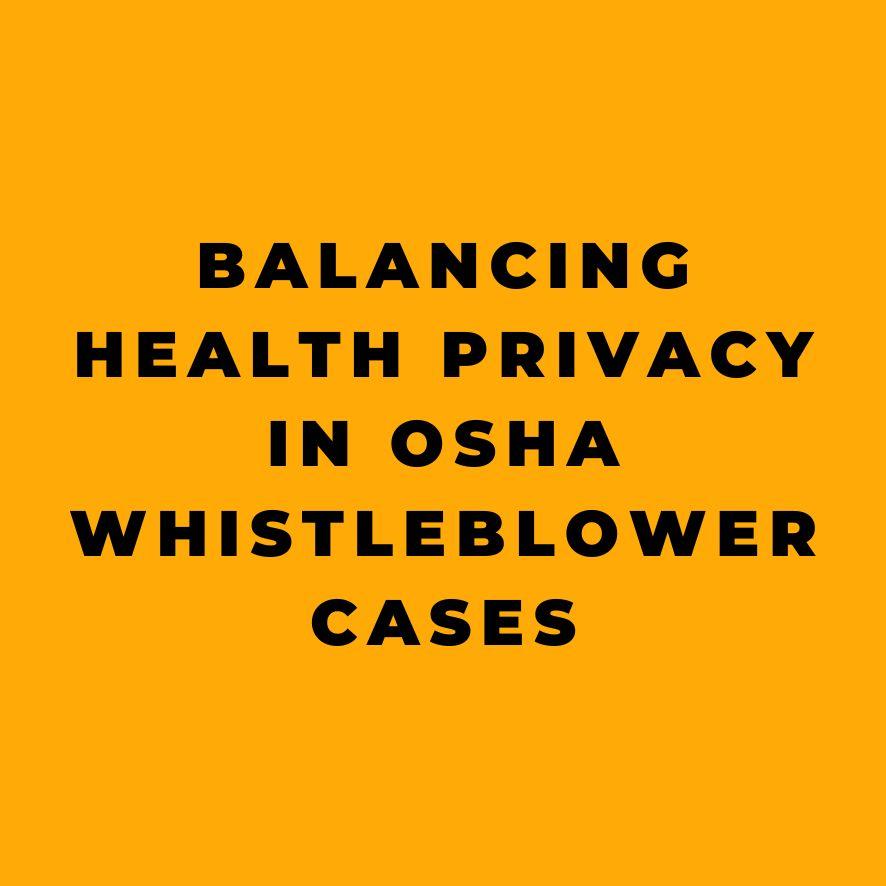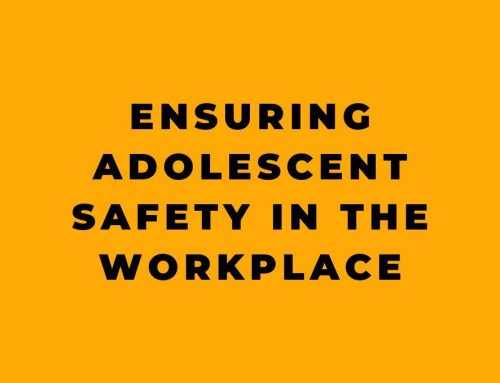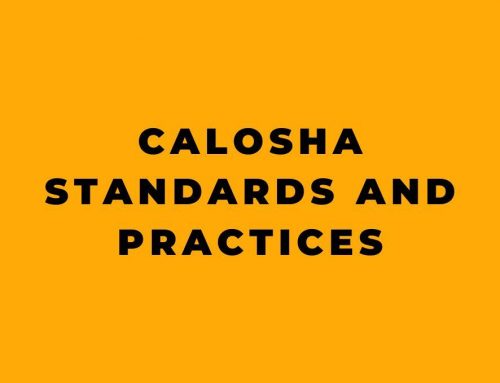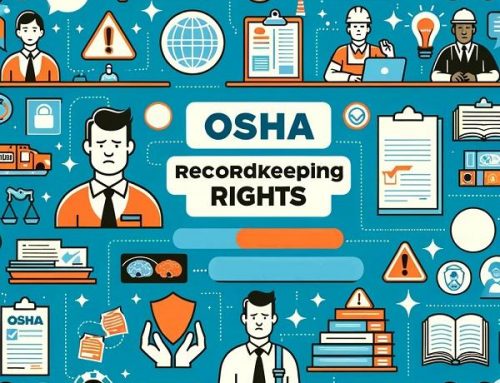The privacy of medical and health information is a fundamental right, but also one that can come into conflict with occupational safety regulations and whistleblower protections. This issue arises around the Health Insurance Portability and Accountability Act (HIPAA), a US law that requires confidentiality around individuals’ health records. However, HIPAA also recognizes certain necessary exceptions – including disclosures to the Occupational Safety and Health Administration (OSHA) as part of workplace safety complaints.
This article will clarify HIPAA privacy rules as they relate to OSHA whistleblower cases. It will define key terminology, explain permitted disclosures, advise on complaint filing, and give safety tips around this nuanced issue. The aim is to uphold both personal health privacy and occupational protections – recognizing situations where overriding privacy is warranted to prevent workplace hazards. Getting the balance right is crucial for employees, employers and regulating agencies alike.
What is Protected Health Information Under HIPAA?
At its core, HIPAA establishes legal protections around “protected health information” (PHI). As defined by the law, PHI constitutes any individually identifiable information about a person’s health, healthcare or payment for care – whether in written, electronic or oral form. This includes medical histories, test results, insurance details and more.
A “covered entity” under HIPAA refers to any healthcare provider, clearinghouse or health plan that transmits PHI data electronically for administrative or financial purposes. For simplicity’s sake, this article focuses on covered healthcare providers. But the same essential rules apply to other covered entities regarding use and disclosure of PHI.
HIPAA’s Privacy Rule: Permitted Disclosures of PHI
Generally, HIPAA’s privacy rule requires covered healthcare providers to establish policies around restricting access, use and disclosure of PHI data to protect patient privacy. However, the rule does permit PHI disclosures without patient consent in certain situations relevant to occupational safety – namely whistleblower complaints.
Specifically, HIPAA allows providers or their business associates to disclose PHI data to authorized public health authorities without written patient approval. This includes federal or state-level OSHA agencies, as far as the information relates to regulating healthcare provider conduct or remedying associated hazards. The same disclosure allowance extends to attorneys involved in related cases or health accrediting organizations.
For whistleblower cases, the discloser must also reasonably believe the PHI relates to unlawful behavior, danger to employees or other wrongdoing by the healthcare provider employer. Nonetheless, this clause creates a clear legal allowance for submitting confidential health information as part of occupational safety and whistleblower proceedings in the public health interest. Employees making permitted PHI disclosures under this HIPAA exception also gain retaliation protections.
Filing an OSHA Whistleblower Complaint
For employees of covered healthcare providers who wish to file occupational safety complaints involving PHI, submitting this information to OSHA constitutes one disclosure method. Per HIPAA rules, OSHA fits the designation of an authorized public health authority for receiving whistleblower evidence involving PHI data. This offers a recognized channel for employees to report PHI-related concerns through OSHA’s complaint investigation process.
In practice, filing an OSHA whistleblower complaint happens through various channels – phone, online, letter, fax or in-person. No special format is required, and non-English submissions are accepted. While details like names and dates are needed for investigation, employees control how much confidential medical information to include in the complaint content itself. Simply stating the complaint involves improper PHI use may suffice without necessarily disclosing underlying diagnosis details, for example.
Once submitted, OSHA first reviews whether the complaint meets basic requirements like timeline thresholds. If so, a full investigation proceeds per whistleblower regulations – requesting employer records, conducting interviews, making site visits, holding conferences and more until reaching a determination. If the findings show retaliation for appropriate PHI disclosures, OSHA instructs employers to rectify with back pay, restored work benefits or other remedies fitting the case details. For unsubstantiated complaints, OSHA issues a dismissal.
Occupational Health & Safety Precautions Around PHI
Beyond formal complaints, all healthcare employers and staff should recognize day-to-day PHI safety precautions as well. Protecting confidential data minimizes risks from the outset – complementing formal reporting channels if issues still arise. Some key occupational health tips around PHI include:
- Restricting PHI access only to staff needing the data for care duties
- Securing PHI storage in locked rooms, password-protected networks and encrypted files
- Safely disposing paper/electronic PHI records per document security protocols
- Anonymizing PHI used for general safety reports and occupational health research
- Training staff on secure PHI handling as part of onboarding and ongoing education
In this way, upholding both health privacy and safety regulations requires a dual approach – limiting unnecessary PHI exposures while appropriately reporting dangers via protected oversight processes.
Conclusion
Navigating the intersection between health privacy laws like HIPAA and occupational safety statutes involves carefully balancing vital interests on both sides. While HIPAA emphasizes confidentiality protections for sensitive patient medical data, the law also provides disclosure allowances to combat safety hazards – including submitting PHI evidence as part of regulated OSHA whistleblower complaints.
Healthcare employers and staff must uphold their duties around properly securing PHI in daily operations, while recognizing appropriate channels for employees to report suspected PHI-related violations and dangers. OSHA’s authorized role for reviewing whistleblower cases offers one such protected disclosure avenue. With care and vigilance on all sides, personal health rights and workplace safety can coexist – backed by processes to surface issues early before they cause harm. Understanding disclosure rights and options is key so problems get raised and resolved responsibly.










